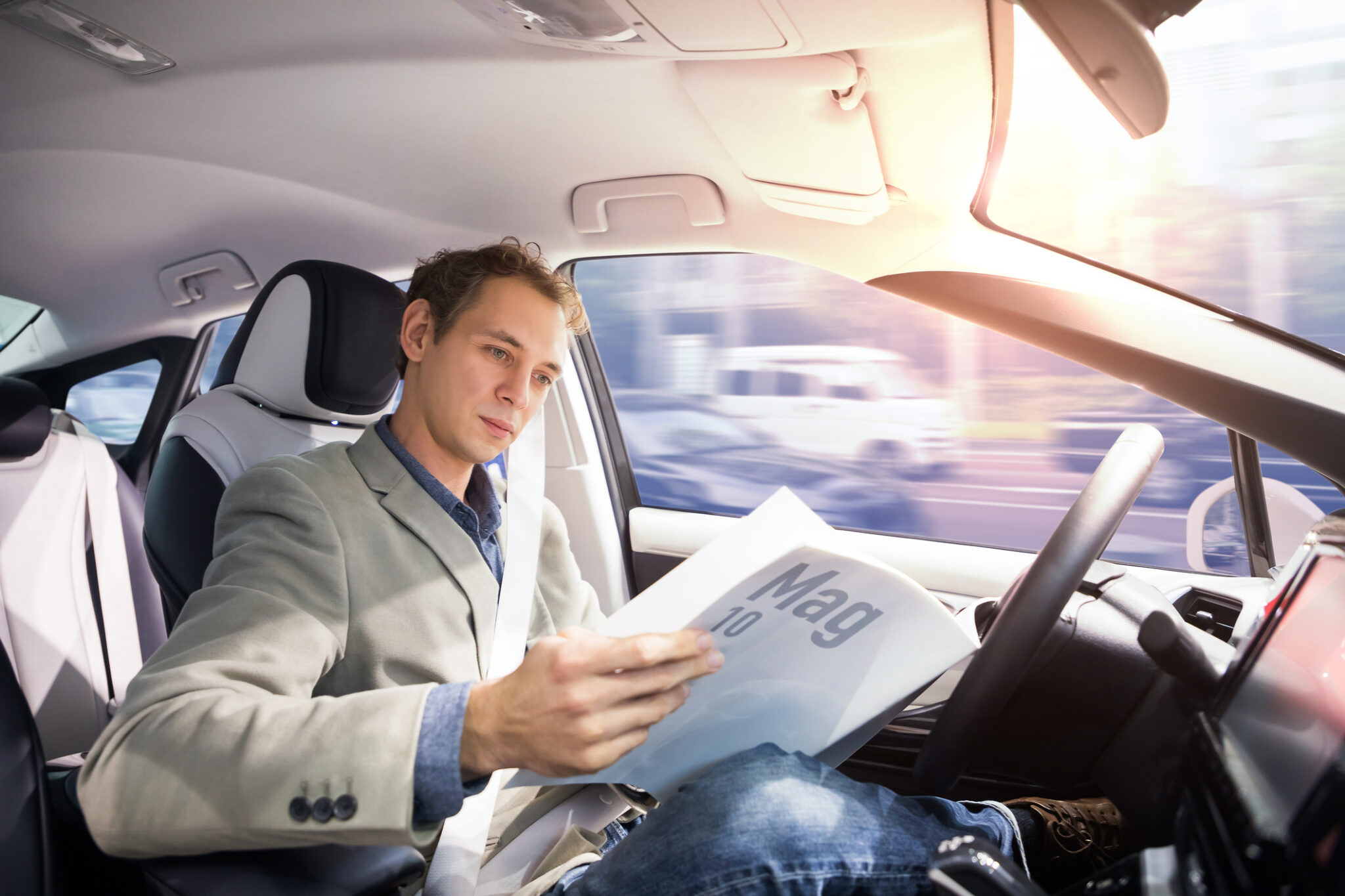
Self-driving cars may not reduce as many crashes as you think: report
June 10, 2020 by Adam Malik

Print this page Share
Insurers expecting the rise of autonomous vehicles to lower collisions may not get the results they were hoping for, according to a new report.
It turns out that self-driving vehicles might prevent only about one-third of all collisions, says the study from the Insurance Institute for Highway Safety (IIHS).
“It’s likely that fully self-driving cars will eventually identify hazards better than people, but we found that this alone would not prevent the bulk of crashes,” says Jessica Cicchino, IIHS vice president for research and a co-author of the report.
The IIHS cited a separate study that showed nine out of 10 crashes were the result of driver error as the final failure point. The group stated that about a third of those crashes were the result of mistakes that autonomous vehicles would be expected to avoid thanks to having more accurate perceptions than a human behind the wheel, and aren’t vulnerable to incapacitation. “To avoid the other two-thirds, [automated vehicles] would need to be specifically programmed to prioritize safety over speed and convenience,” the report noted.
We’re still some time away from such vehicles on our roads. Estimates from global data firm IHS Markit pegged the number of autonomous vehicles on global roads at 33 million by 2040 – compared to 51,000 by 2021. KPMG’s Automotive Institute’s 2020 Global Automotive Executive Survey saw 46% of executives (and 39% of consumers) pick 2030 for when they believe fully autonomous vehicles will emerge. The Automotive Industries Association of Canada estimated in a 2019 report with the Conference Board of Canada that full driving automation of vehicles is expected around 2030.

iStock.com/4X-image
Still, it’s a big enough challenge in the first place to get automated vehicles to drive as well as humans do, said Alexandra Mueller, IIHS research scientist and lead author of the study. “But they’d actually need to be better than that to deliver on the promises we’ve all heard.”
The IIHS looked at about 5,000 crashes and found sensing and perceiving errors — distracted driving, impeded visibility and failing to recognize hazards before it’s too late — accounted for 24% of those collisions. Another 10% were incapacitation — impaired driving, medical emergencies or falling asleep behind the wheel.
“Those crashes might be avoided if all vehicles on the road were self-driving — though it would require sensors that worked perfectly and systems that never malfunctioned,” the report said.
IIHS used the example of the fatal Uber test vehicle in Arizona two years ago. Its automated system didn’t recognize the pedestrian on the side of the road at first. When it did, it couldn’t predict she would cross the street suddenly — and couldn’t manoeuvre to avoid hitting her.
“Planning and deciding errors, such as speeding and illegal maneuvers, were contributing factors in about 40 percent of crashes in the study sample,” the report said. “The fact that deliberate decisions made by drivers can lead to crashes indicates that rider preferences might sometimes conflict with the safety priorities of autonomous vehicles. For self-driving vehicles to live up to their promise of eliminating most crashes, they will have to be designed to focus on safety rather than rider preference when those two are at odds.”
Obeying red lights and speed limits is one thing. Adapting to road conditions and applying strategy to account for uncertainty about what other drivers will do is another.
“Our analysis shows that it will be crucial for designers to prioritize safety over rider preferences if autonomous vehicles are to live up to their promise to be safer than human drivers,” Mueller said.
Feature image by iStockphoto.com/metamorworks
Have your say: